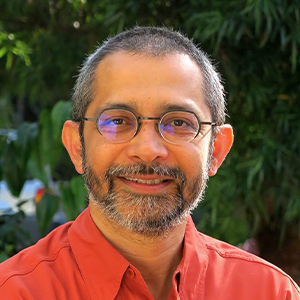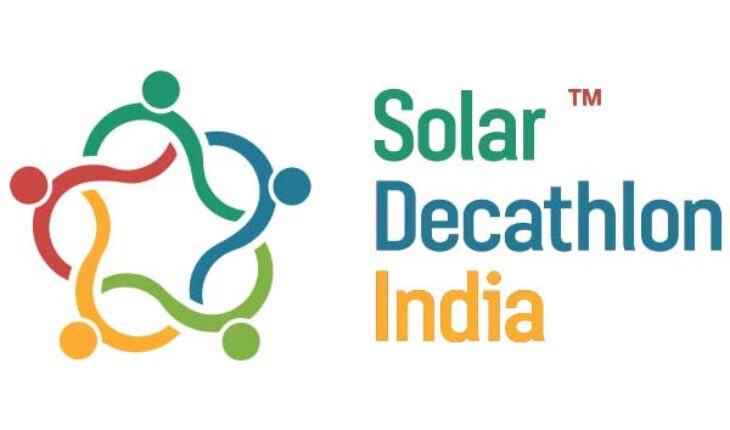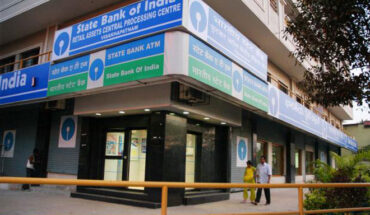
If you take a look around, chances are you’ll find things made out of concrete, steel, or aluminium. You’d have to go into a forest to not find these materials around you. But making them contributes to 23% of global carbon emissions. We use them to make our buildings. And to achieve our climate goals, we need to reduce and stop the emissions related to these materials. While buildings generate nearly 40% of annual energy related carbon emissions globally, about a third of those are ‘embodied’, and the rest are from the use of electricity and fuels to operate our buildings. The carbon emitted with the energy and heat that is used to make building materials are called embodied carbon emissions.
India is the third largest carbon emitter in the world. About 20% of the country’s carbon emissions are from buildings. In the next 2 decades, these emissions will rise by 50%, the largest for any country. During this period, the built floorspace in India will double. The demand for cement will also double, the demand for steel will triple, and that for bricks will increase by 3 to 4 times. The demand for space cooling will grow 8 times!
Buildings last for 50 or more years, and our building decisions have a 50-year lock-in effect. So today’s building decisions, and every year from now, will determine if India’s achieves it 2070 goal of net-zero. For decarbonising our buildings we have to zero out both the operational and embodied emissions. This is a mammoth challenge that requires many players to come together for a sustainable future. Architects, civil engineers, contractors, and material manufacturers have the opportunity to address this problem. However, the industry has been slow to act, and the academic curriculum does not prepare future professionals for this.
Solar Decathlon India (SDI), the world’s largest net-zero building design challenge, is actively bridging the gap. SDI’s challenge partners student teams with developers to work on real projects to make them net-zero and decarbonise their construction. Since 2020, SDI has built a large ecosystem of students and professionals. In the nine-month challenge, participants are work on ten contests that cover diverse areas that reflect the expectations of market-ready, climate resilient, and net-zero building projects.
In 3rd edition of SDI participants were challenged to reduce embodied carbon in the building materials they chose. To help the students, they were offered an online self-learning module dedicated to embodied carbon, that included the foundational science and methods. They were given an easy-to-use tool for calculating embodied carbon empowering them to run what-if scenarios. These learning resources were developed after research and testing of different technologies by the SDI organisers.
The results were remarkable. Over 1700 students from 126 institutions were guided by 170 faculty mentors to learn sustainable building science and propose low carbon solutions. The 36 finalist teams proposed designs that reduced embodied carbon by 80% in walls, 75% in roofs, 55% in floors, 80% in windows, and 40% in structure.
The work done by Team Green Collars from R V College of Architecture, R V College of Engineering, and R V University is an example of the exceptional performance. They worked on Ekagra, a Delhi Public School project for Gyandeep Foundation for project site is located in Nagaon, a flood-prone area in Assam that is also exposed to earthquakes. Team Green Collars developed design strategies to build resilience against these hazards. With a combination of passive design, RCC and bamboo structure, and high efficiency cooling systems, they achieved a net-zero energy and water design that also reduced embodied carbon by 124% for walls and 47% for structure.
SDI also involves the real estate industry. They collaborate as ‘Project Partners’, where they access creativity of students, expertise of their mentors, and net-zero solutions on their projects while the students get the experience of working on real projects. The 2022-23 challenge saw 83 project partners and Mahindra Lifespaces, Sobha Ltd., TATA Realty, and Infosys became Empanelled Project Partners with a commitment to a long-term association with SDI. They are committed to hiring SDI alumni to work in their organisations.
“Mahindra Lifespaces is an active partner of SDI since its inception. We are happy to offer our projects and guidance to young professionals who participate in SDI to develop net-zero projects. SDI interns have added tremendous value to our net-zero journey.” says Sunita Purshottam, Head of Sustainability at Mahindra Lifespaces.
But what about the all the existing buildings that were built in efficiently and some that will continue to be built that way in the future? How can we retrofit them?
SDI has introduced a product division for its 2023-24 cycle that could possibly touch all of us. While heat stress has become more frequent and the need for cooling grows with climate change, only 10% Indian households have air-conditioning. The product division challenges students to develop innovative solutions that could be purchased off-the-shelf and installed in existing residences. It invites new engineering approaches to bring retrofit cooling solutions to all of us, addressing the need for cooling, and making cooling more efficient.
SDI is an example of what can be achieved when we unite to tackle the most pressing problems and use the power of education, innovation, and collaboration for a greener, more sustainable future.
Prasad Vaidya, Director Solar Decathlon India. Views are personal




